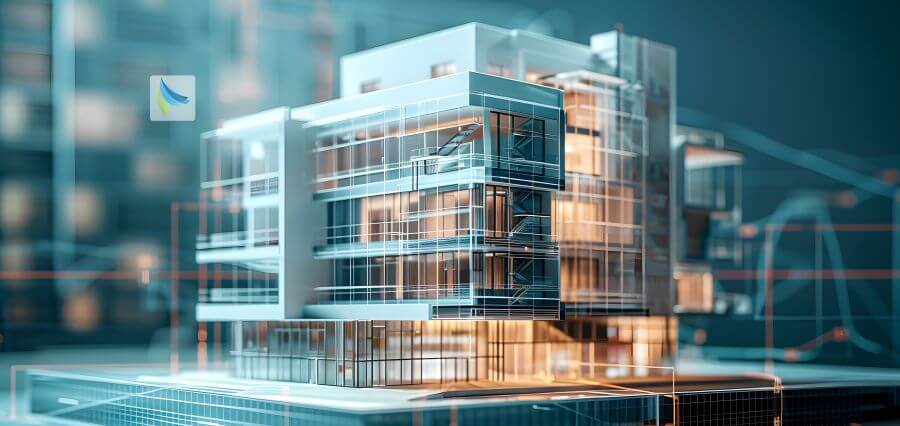Building Information Modeling is the new trend of the construction industry as it introduces new methods and tools which improve the efficiency and accuracy levels in construction business. The digital process creates and manages information about a building project over its whole lifecycle. As such, BIM deeply affects construction because the benefits it has in terms of workflow simplification and outcomes are uncountable.
Let’s embrace BIM to stay ahead in the construction industry and unlock new levels of productivity and collaboration!
Enhanced Collaboration
The prime advantage of BIM is the enhancement of the collaboration of all project stakeholders. BIM keeps the architects, engineers, contractors, and the clients on the same page with the shared digital representation of a project. This common understanding of the project enables the minimization of the rate of errors and misunderstandings in the execution of the project. The collaborative characteristics of BIM facilitate easier communication too because all parties can access the model and update it simultaneously in real time.
Improved Design Accuracy
The BIM significantly increases the accuracy of design because it makes possible extremely detailed and accurate modeling. These traditional techniques, being largely based on 2D drawings, are very prone to error and discrepancies. BIM has created an all-inclusive view of the project through 3D models. This level of resolution could pinpoint as early in the design phase as possible those areas that may create problems during construction, thereby preventing costly changes at that stage. With all those different options BIM enables the designer to model, they hence also enrich the final product of their design.
Streamlined Construction Processes
Since BIM produces precise and detailed models, it may speed up the construction and waste reduction processes. The model can be of very great use to the contractors in planning and sequencing their work so that there’s maximum utilization of materials and resources. BIM is supportive of prefabrication; it is manufactured off-site, reducing construction time and costs.
Enhanced Project Management
BIM provides fully active project management tools through which schedules and budgets along with resources can be controlled more effectively. For example, timelines specific to particular work can be generated through BIM to track the work instantly. Such control allows tracking expected delays and problems beforehand, and hence, enables the users to manage proactively. Estimation of cost and budgeting can also be supported in BIM through high accuracy data and thus placing projects on the right financial track.
Improved Facility Management
Beyond the pure construction stage, BIM benefits include facilities management. After the building is constructed, the BIM model materializes as something of value for facility operations and maintenance. The model will serve as a tool through which the facilities manager can acquire an all-round knowledge of building systems and their elements, making planning easier as maintenance and repairs are scheduled. This kind of prophylactic approach will allow facilities to extend even further the building’s lifespan while reducing operational costs.
Sustainability and Energy Efficiency
BIM is a resource of immense importance to sustainability and energy efficiency in construction. Utilizing BIM, numerous design options can be simulated which makes for the possible evaluation of their energy performances and environmental impacts. Such information enhances the energy-efficient and environmentally friendly buildings. BIM also supports sustainable materials and construction techniques further reducing the project’s environmental footprint.
Risk Mitigation
Another area in which BIM can be said to stand atop is on risk management. BIM helps to identify risks about the project very early through a highly detailed representation of the project. Such an approach then develops mitigation strategies, thus preventing costly delays and issues. BIM further supports safety planning with the identification and management of hazards on the site.
Future of BIM in Construction
Then it gets even brighter with promises that technology and the process continue to advance. Most probably, BIM will increasingly become part of every step of the construction process-from design through facility management. Emerging technologies like artificial intelligence and machine learning will add further to what BIM can do; hence, new tools for optimization and innovation are sure to come into play.
Conclusion
BIM introduces new dimensions to efficiency, accuracy, and collaboration in the industry. It seems that its impact is perceivable at every stage of a project-from design right through facility management. And not forgetting that embracing BIM exposes a multitude of benefits that improve the overall outcomes of a project, innovation stays alive in construction indeed. The truth of the matter is that the future of construction is digital, and BIM is leading this revolution.














